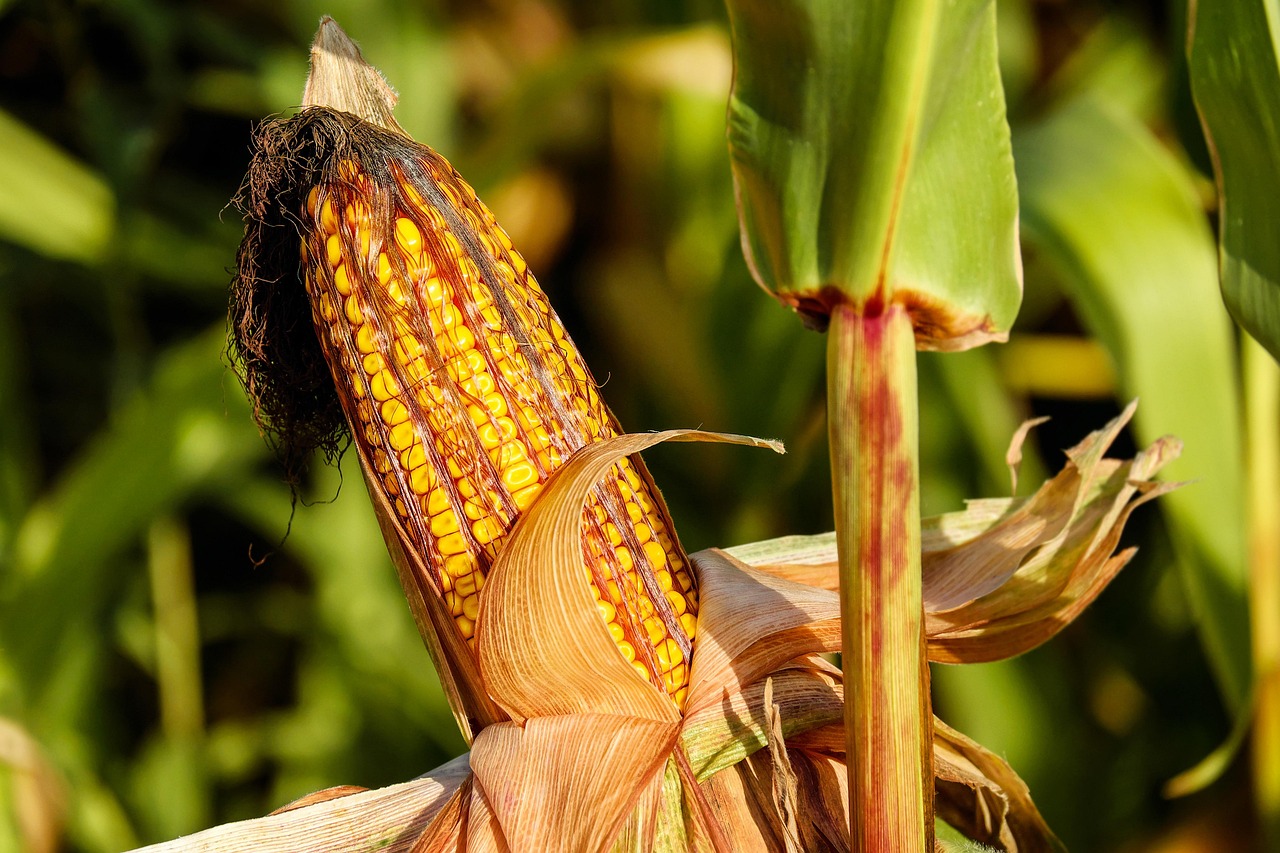There are massive structures around the earth’s core that have a higher density than the surrounding mass. For a long time, scientists could not find an answer to where these structures came from. Scientists now know that this is a remnant of an ancient planet that collided with our planet billions of years ago. An ancient planet called Theia crashed into the earth about 4.5 billion years ago. The Moon formed during this collision.
The remnants of Theia surround the Earth’s core
The planet Theia was probably smaller than Earth. Its size was roughly the size of Mars, but it was more dense. In recent decades, scientists have developed a unified position on how the Theia protoplanet crashed.

Although most scientists agreed on the hypothesis, convincing evidence was lacking. Scientists believe they have finally found evidence of an ancient collision between Earth and the alien planet Theia. During the search, the lower layers of the Earth’s mantle were examined. At the center of the planet are two mysterious structures, one below Africa and the other below the Pacific Ocean. These features are denser than the rest of the mantle and have an irregular shape. These are the largest structures in the Earth’s mantle and occupy up to 6% of the total volume of our planet. The researchers named them the Large Low-Shear Velocity Provinces (LLSVP).

What did the scientists find?
The hypothesis was considered by geologists from the University of Arizona, who presented it at the 52nd Lunar and Planetary Conference, held online. Indeed, evidence suggests that bubbles were formed at least immediately after the collision.

Geologist Steven Desch of the University of Arizona believes that Theia was much larger than Earth. Analysis of lunar samples shows that the ratio of hydrogen isotopes – protium to deuterium – is higher in them than on Earth. To maintain the excess of the lightest atoms, Desch says, Theia must be a massive and dense body. Model calculations by geologists showed that the planet’s core merged with Earth’s as a result of the impact, and that individual clumps of Theia’s dense mantle (1.5 to 3.5 percent denser than Earth’s) could remain on the outer surface of the resulting core.
The LLSVP could hide most of the lost planet. The total mass of the structures around the nucleus is about six times the mass of the Moon. So far, these are hypotheses that should be developed and clarified in the future.
Featured image: screenshot – youtube.com/watch?v=zFIWWM0Iv-U




